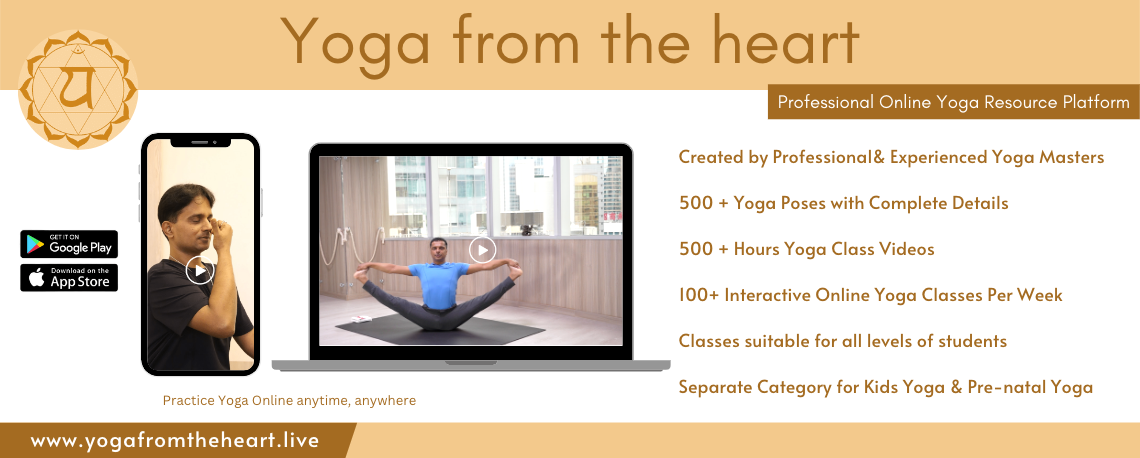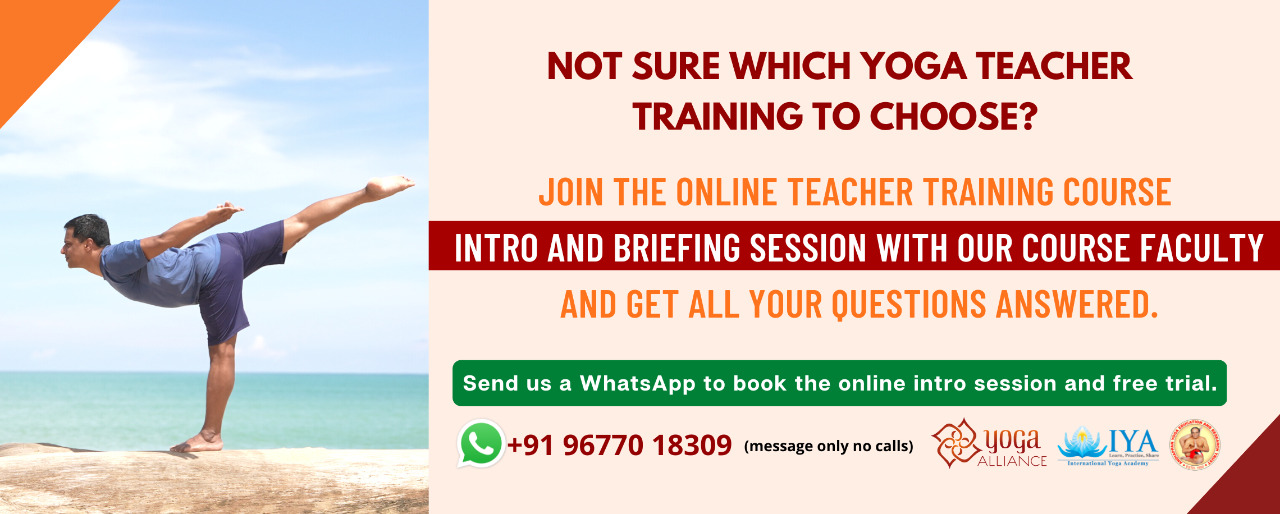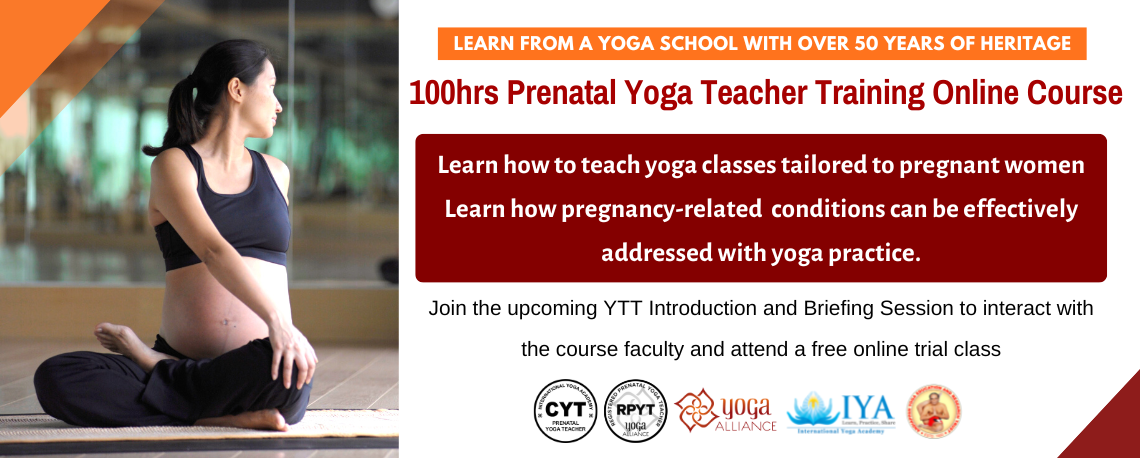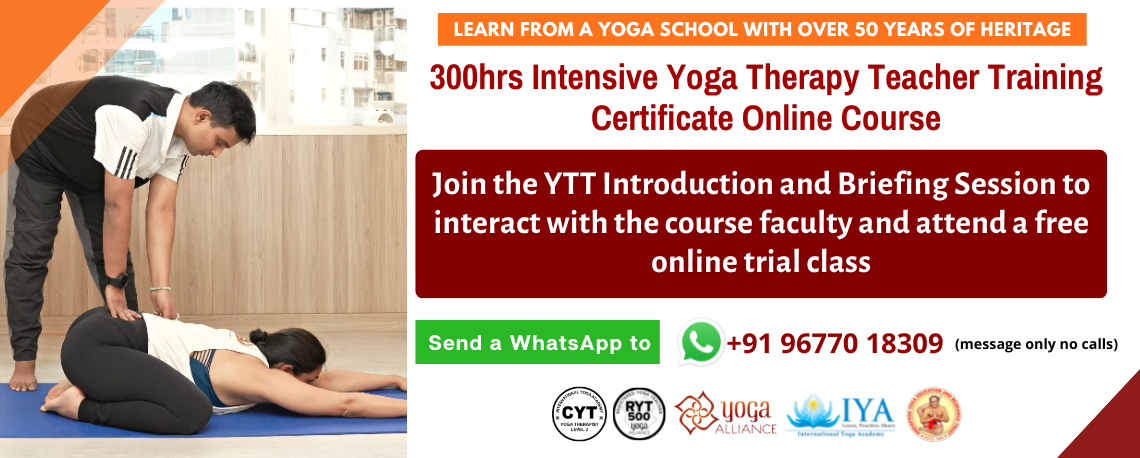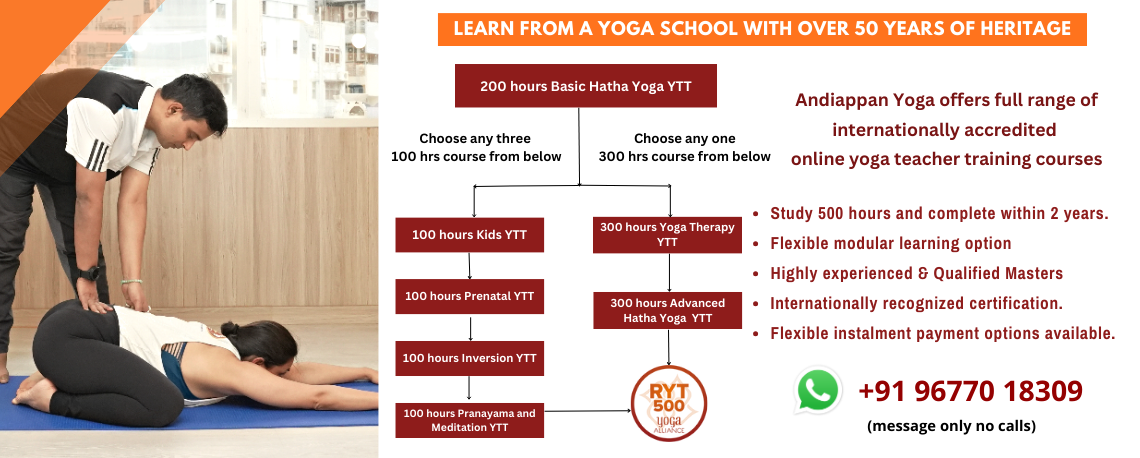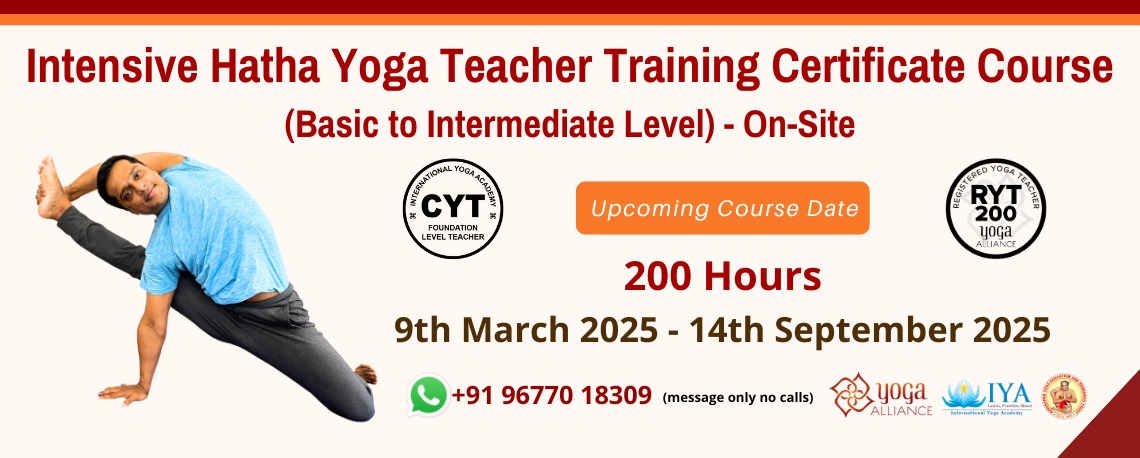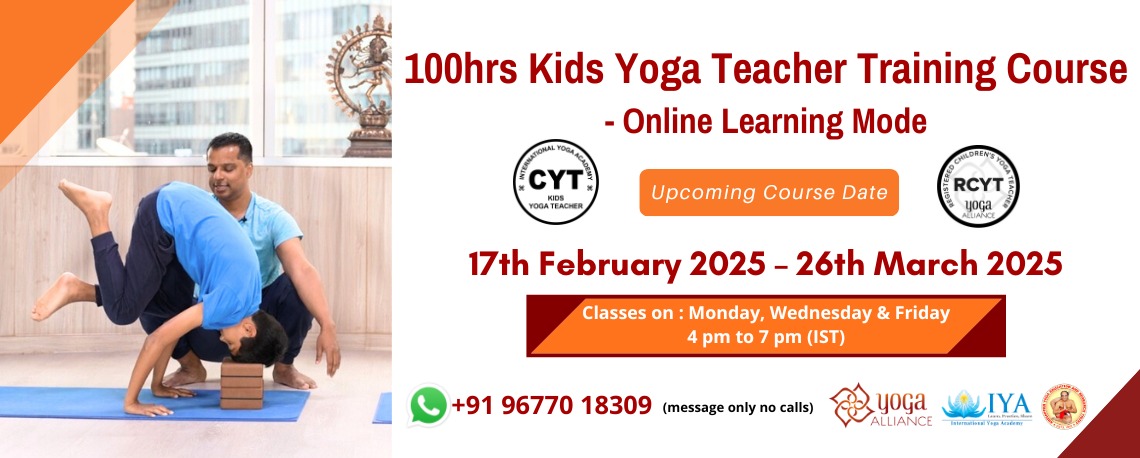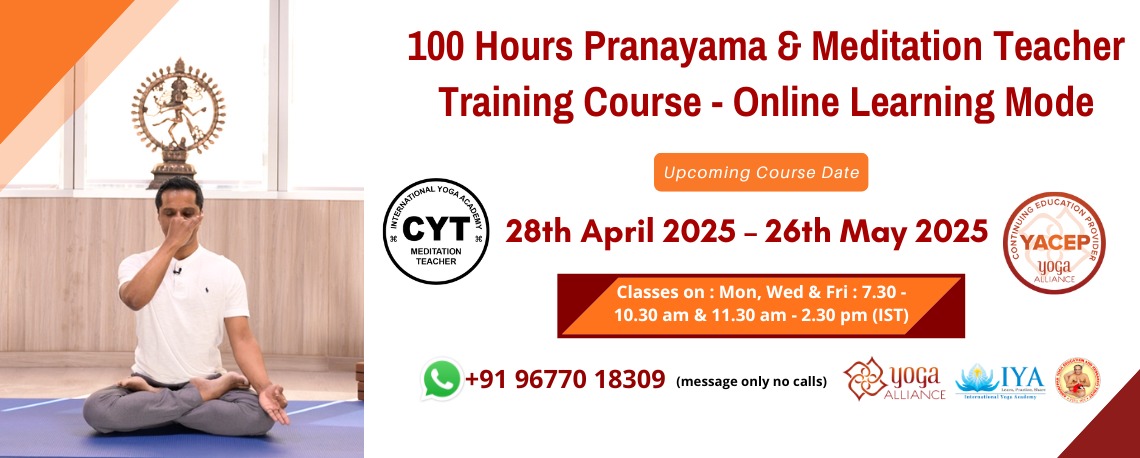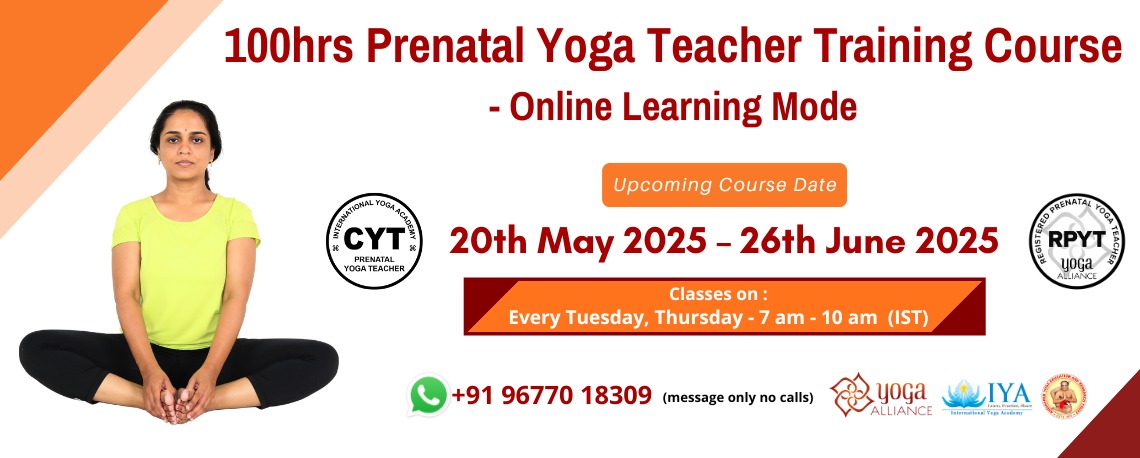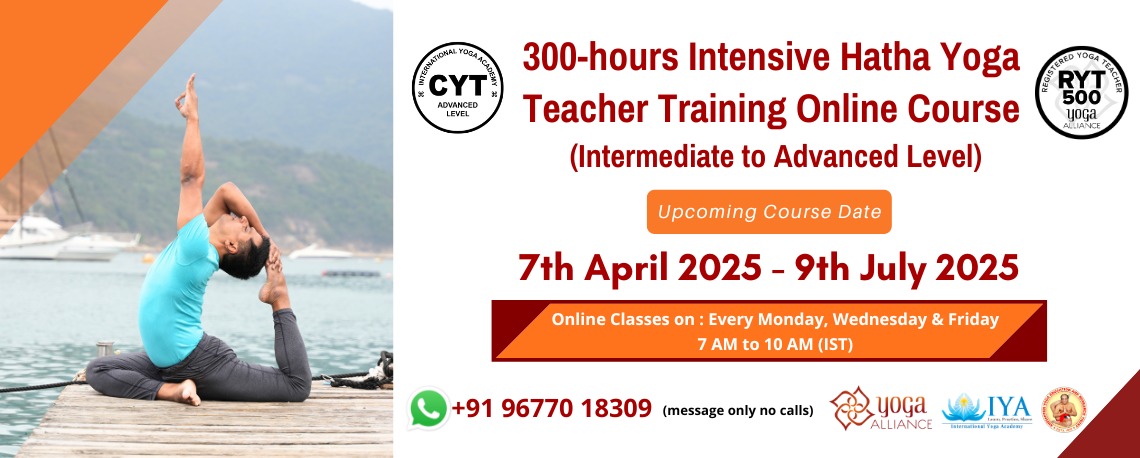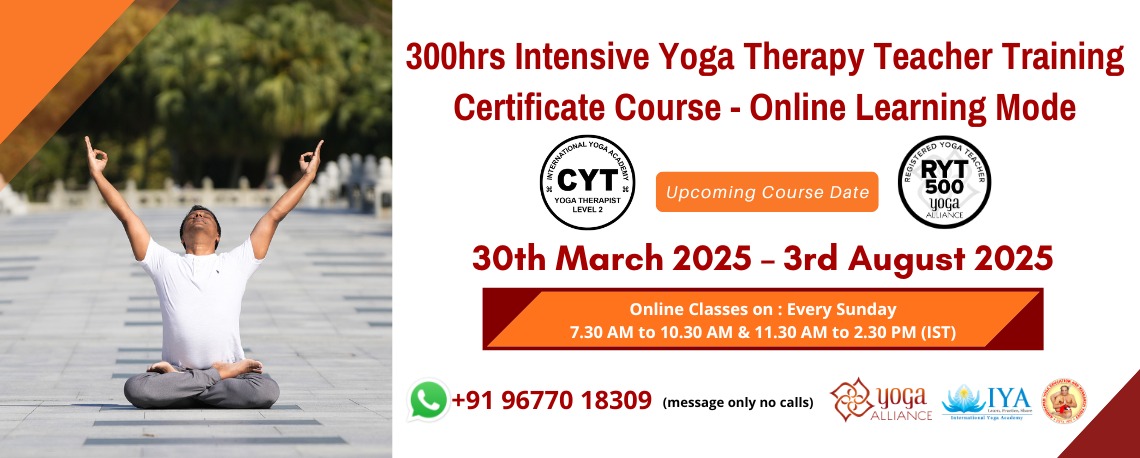Nowadays, almost everyone has suered from a knee pain. The key to prevent knee problems is to keep the whole body aligned. Asana practice teaches us just that.
Common factors for knee pain include misalignment of the knee, old age, obesity, knee injuries because of hyperextension, doing the wrong posture, tight leg muscles, imbalance in standing and many more.
Why do we suddenly feel knee pain? The most common reason is due to way we walk and stand. For example, when we stand straight, we need to be aware of the even distribution of our body weight on both feet. We can easily find out by checking if one side of the shoe is wearing out more than the other, which creates imbalance at the knee joint. Under-developed inner quadriceps and strong outer quadriceps create an imbalance in the knee. As the quadriceps are pulling the kneecap towards the outside of the leg, eventually it causes an overload and strains the knee joint.
We note that some people’s knees are not level with each other due to various reasons like imbalance in the hip, hyperextension of the leg or if the shinbone is not properly seated on the ankle joint. Some may be born with this condition, but most of them develop it habitually.
It is common for sports people, dancers and hikers to experience knee pain. Tight outer hips and hamstrings put undue pressure on
the knee joints. Their activities cause the muscles to tighten up and along with aging, the condition worsens. Unless proper stretching is done after each workout when body is warm, knee pain becomes part of their lives!
If you struggle with knee pain, you are not alone. Statistics show every one in four persons experiences knee pain daily. Further, women are up to 8 times more likely to suer knee injuries than men.
As indicated earlier, the key to avoiding knee problems is to keep the whole body aligned. That is where yoga comes in. Any misalignment in the upper body can also lead to tight outer hips and hamstrings. This puts undue pressure on the knee joint or the ligaments around the knee, which can make the muscles around the knee become tight and over used, causing inflammation and swelling.
It is important to do the standing posture as they stretch and strengthen the inner and outer quadriceps, hamstrings, calves and ankles, which indeed make the kneecap stable and strong. Restorative postures can help reduce inflammation, repair damage, reduce stress and aid quick heeling by improving blood supply through the muscles, ligaments and the connective tissues, thereby nourishing the supply of Prana (vital energy) to the aected area.
Yoga Therapy
Practising with care is important as not all the postures are suitable for people with knee problems. For example, postures like Padmasana (Lotus Pose), Garudasana (Eagle Pose) etc should be avoided. Ashtanga Vinyasa Yoga, which requires jumping should not be practised at all. One should practise Hatha Yoga, focusing on stability, but not on the motion of the body. Seeking the guidance of proper Yoga teacher is essential as they can help you modify and guide you through the right poses.






 My cart
My cart
